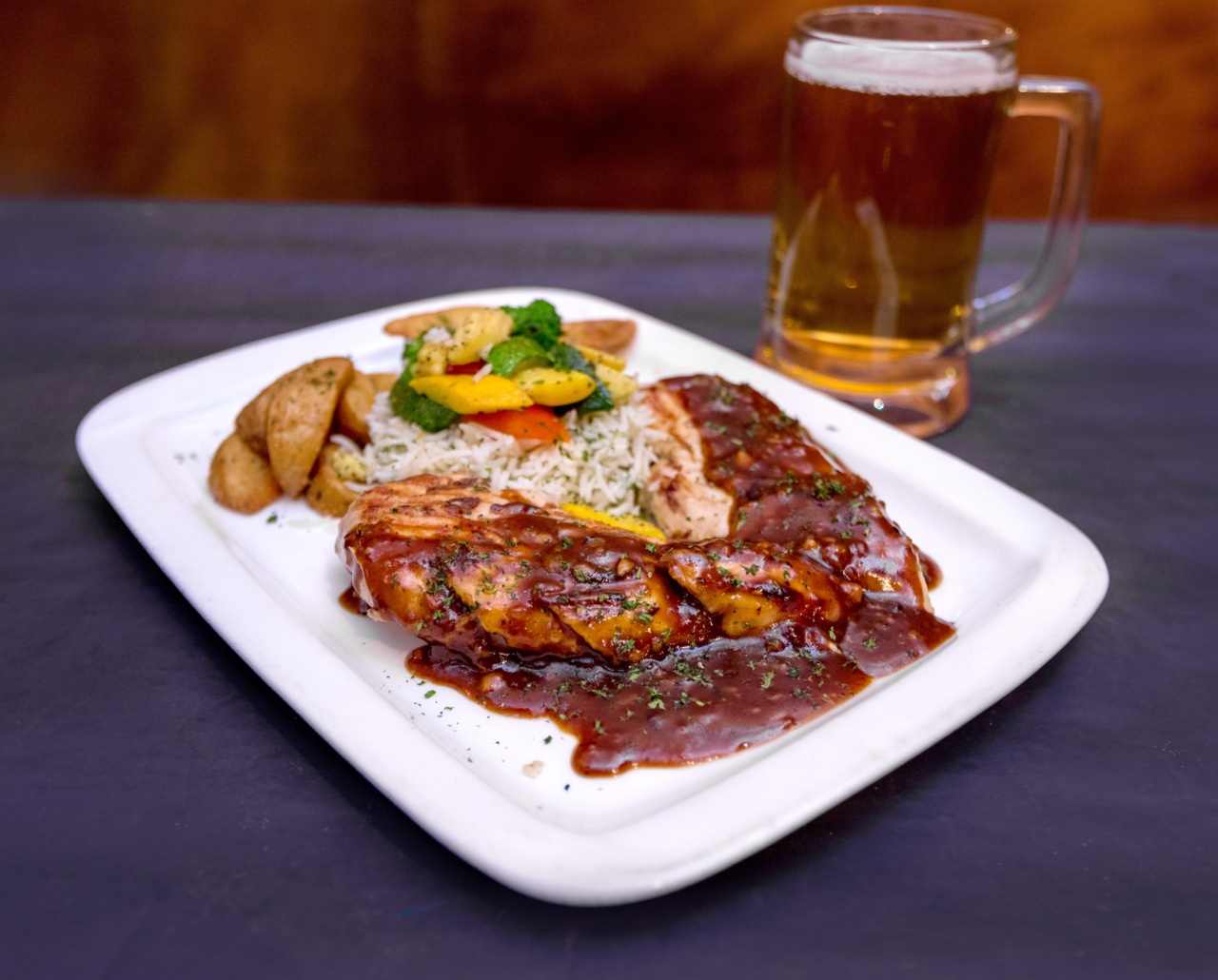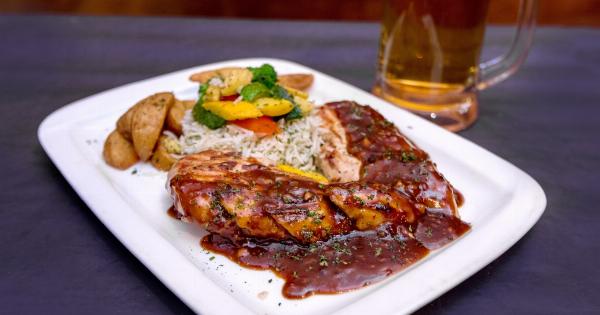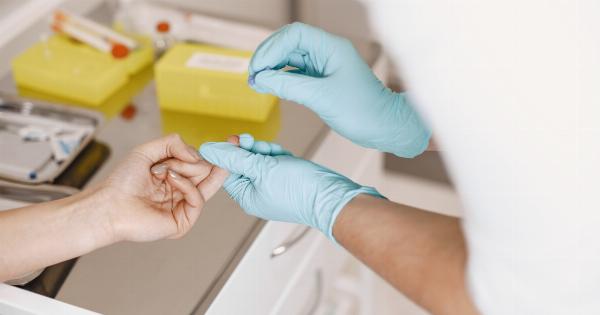When it comes to managing diabetes, one crucial component is monitoring the carbohydrates you consume. Carbohydrates, which break down into glucose and affect blood sugar levels, play a significant role in overall glycemic control.
The types of carbohydrates you choose, therefore, become important decisions. In this article, we will examine two popular carbohydrate sources – potatoes and rice – to understand their impact on blood sugar levels, nutritional value, and meal options for individuals with diabetes.
Let’s delve into the battle of the carbs: potatoes vs. rice for diabetic dinners.
The Diabetic Dilemma: Potatoes
Potatoes have long been a staple in many diets, but for individuals with diabetes, they can present a dilemma. Potatoes are high in carbohydrates, specifically starch, making them a food that can cause sharp spikes in blood sugar levels.
However, not all potatoes are created equal.
Glycemic Index: Differentiating Potatoes
The glycemic index (GI) is a measure of how quickly a carbohydrate-containing food raises blood sugar levels. Potatoes can range from high to low GI values, depending on various factors.
Variety Matters: Comparing Different Potatoes
Sweet potatoes, for example, have a lower GI compared to white potatoes. This is due to their higher fiber content, which slows down the digestion and absorption of carbohydrates, resulting in a slower increase in blood sugar levels.
Choosing sweet potatoes over white potatoes can be a beneficial swap for individuals with diabetes.
Preparation Methods: Impact on Blood Sugar Levels
How you prepare potatoes can also influence their impact on blood sugar levels. Boiling or baking potatoes rather than frying them can result in a lower glycemic load.
The glycemic load takes into consideration both the quantity and quality of carbohydrates in a food item, offering a more accurate assessment of its effect on blood sugar levels.
The Rice Rival in the Diabetes Battle
Rice, another common staple in many cuisines, presents a formidable rival to potatoes in the battle against carbs. Like potatoes, rice is rich in carbohydrates, and its impact on blood sugar levels can vary depending on several factors.
The Rice Spectrum: Refined vs. Whole Grain
The level of processing differentiates refined rice, such as white rice, from whole grain alternatives like brown rice. Refined rice undergoes milling, which removes the bran and germ, stripping away beneficial nutrients like fiber.
This makes refined rice quicker to digest and causes a more rapid increase in blood sugar levels compared to whole grain rice.
Glycemic Index Variations: Rice Types
Similar to potatoes, different rice varieties have varying glycemic index values. For example, jasmine rice has a higher GI than basmati or long-grain rice.
Choosing rice with a lower GI can be advantageous for individuals with diabetes as it leads to more stable blood sugar levels.
Your Diabetes-Friendly Dinner Options
While potatoes and rice both have their pros and cons when it comes to diabetes management, there are ways to make them part of a well-balanced meal plan. Here are some diabetes-friendly dinner options incorporating potatoes or rice:.
1. Baked Sweet Potatoes with Grilled Chicken Breast
This meal pairs the lower GI of sweet potatoes with lean protein from grilled chicken breast. The fiber content in sweet potatoes helps regulate blood sugar levels.
2. Brown Rice Stir-Fry with Tofu and Vegetables
Using whole grain brown rice instead of refined rice in this stir-fry dish ensures a slower release of glucose into the bloodstream.
Tofu provides a plant-based protein source, and adding a variety of vegetables increases the meal’s nutritional value.
3. Mashed Cauliflower with Herbed Salmon
An alternative to potatoes, mashed cauliflower offers a lower carb option. Pairing it with herbed salmon provides omega-3 fatty acids and essential nutrients. This meal is low in carbohydrates and rich in flavor.
4. Quinoa Stuffed Peppers
Replacing rice with quinoa allows for a protein-packed and fiber-rich meal. Quinoa has a lower GI compared to white rice and provides all essential amino acids, making it a great alternative.
5. Roasted Potatoes and Grilled Shrimp
When enjoying potatoes, opting for roasted potatoes instead of fried promotes lower glycemic load. Pairing them with grilled shrimp adds protein while keeping the meal well-balanced.
Conclusion: Balancing Carbs for Diabetic Dinners
In the battle of the carbs, potatoes and rice can both be part of a diabetes-friendly meal plan when chosen wisely. Understanding the glycemic index, variety, preparation methods, and portion sizes are key factors in managing blood sugar levels.
By incorporating these considerations into your meals, you can enjoy a range of delicious options while keeping your diabetes management on track.




























